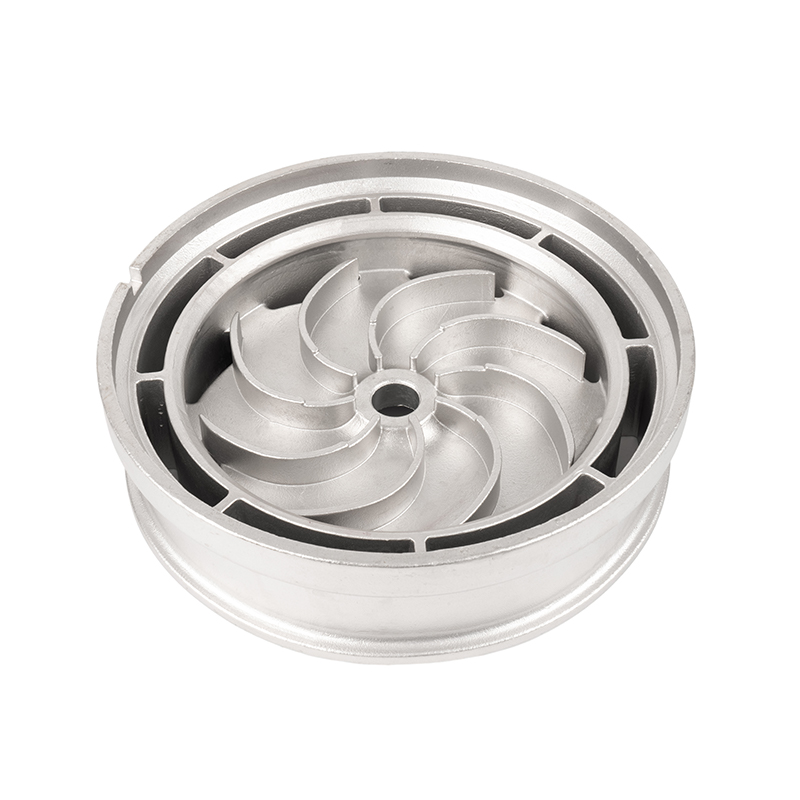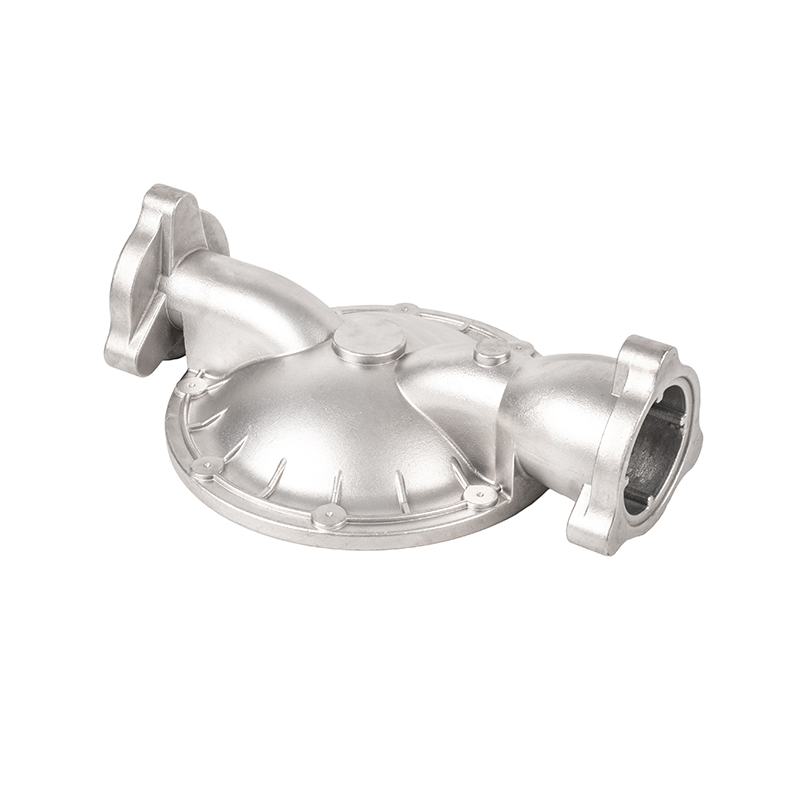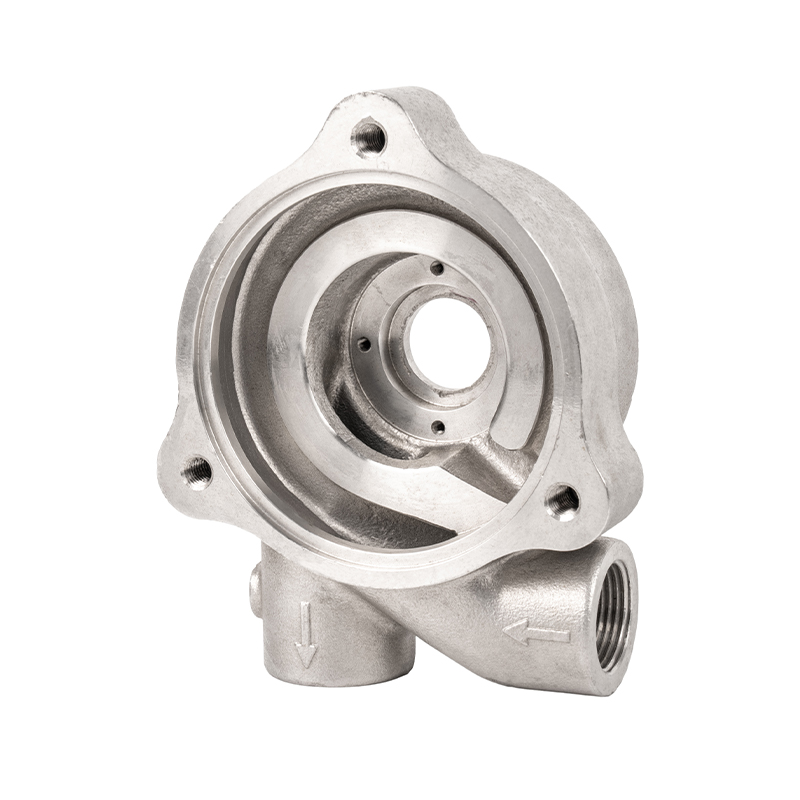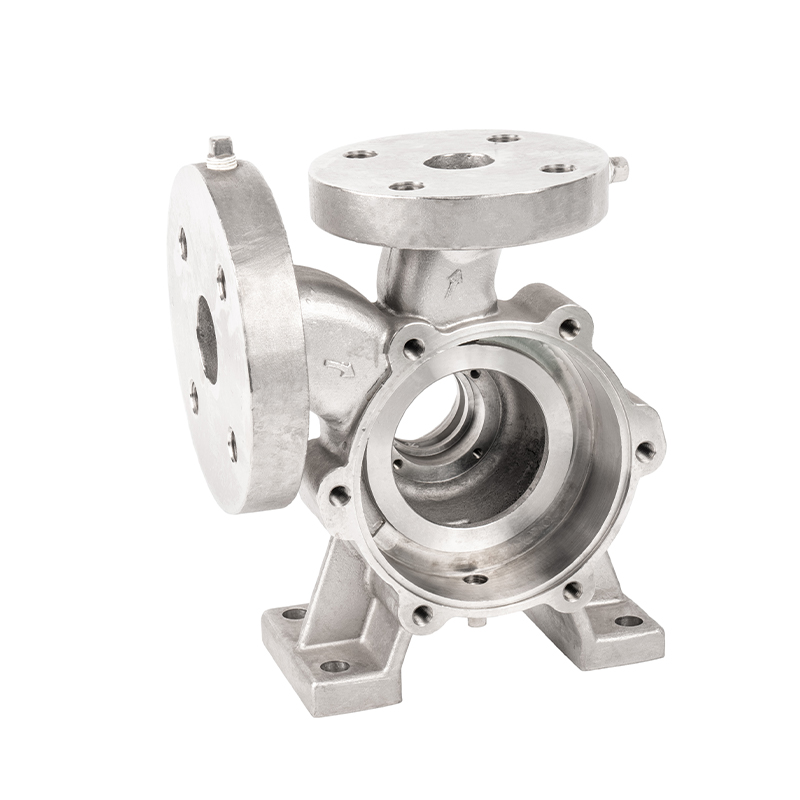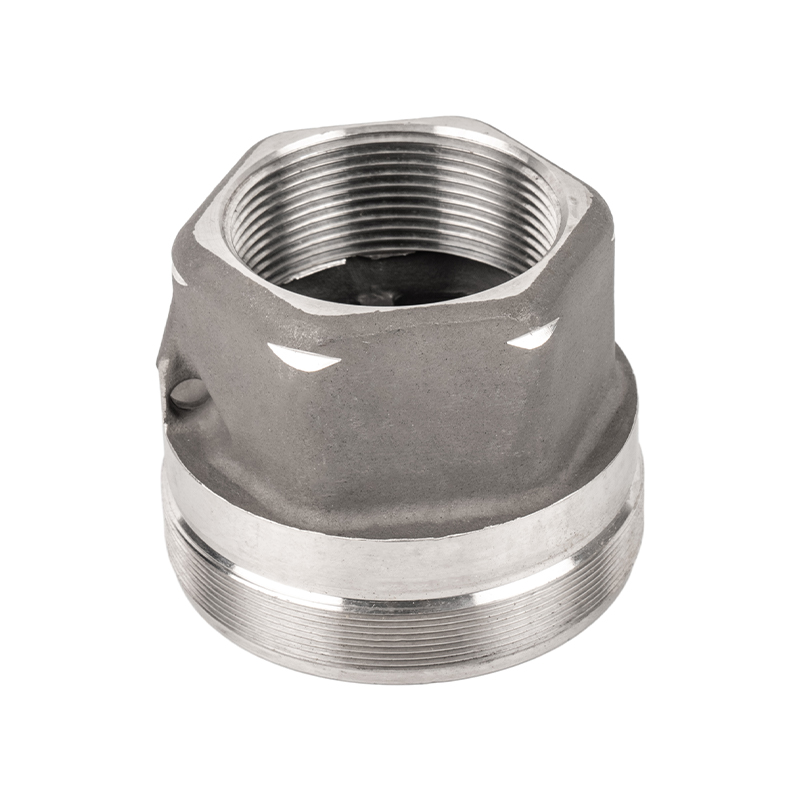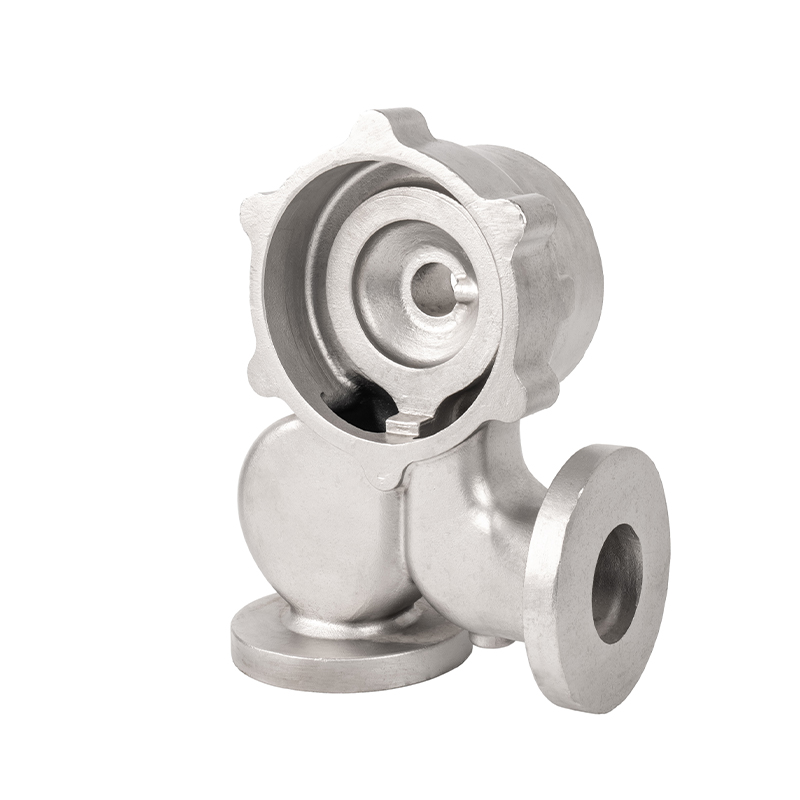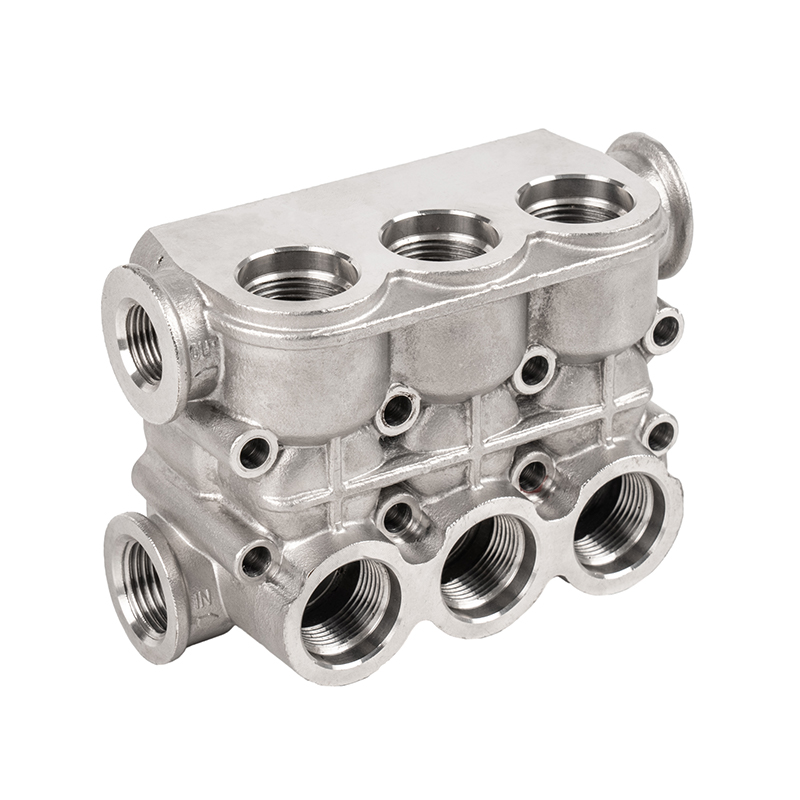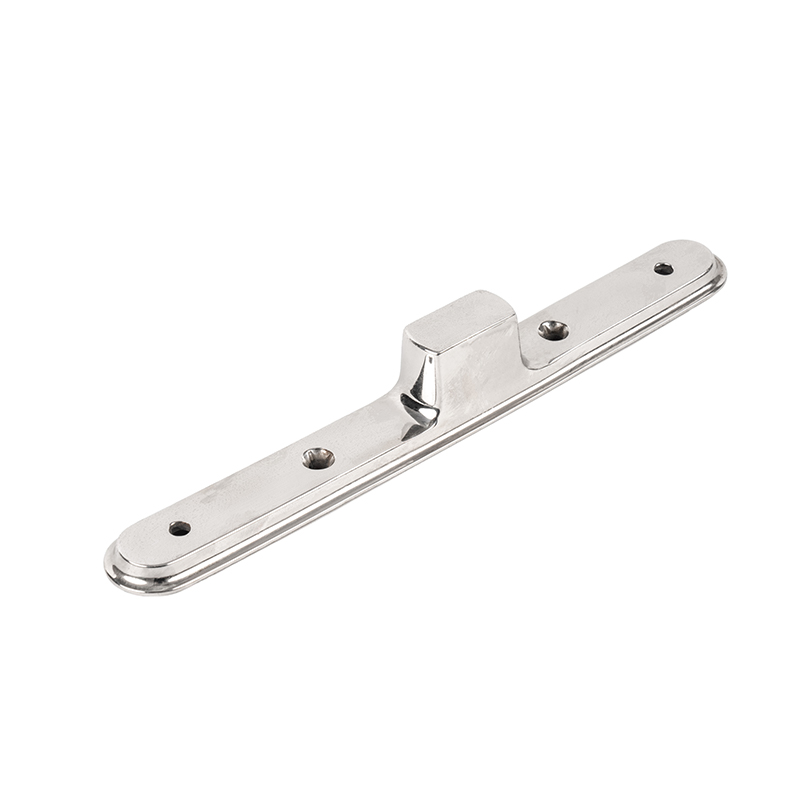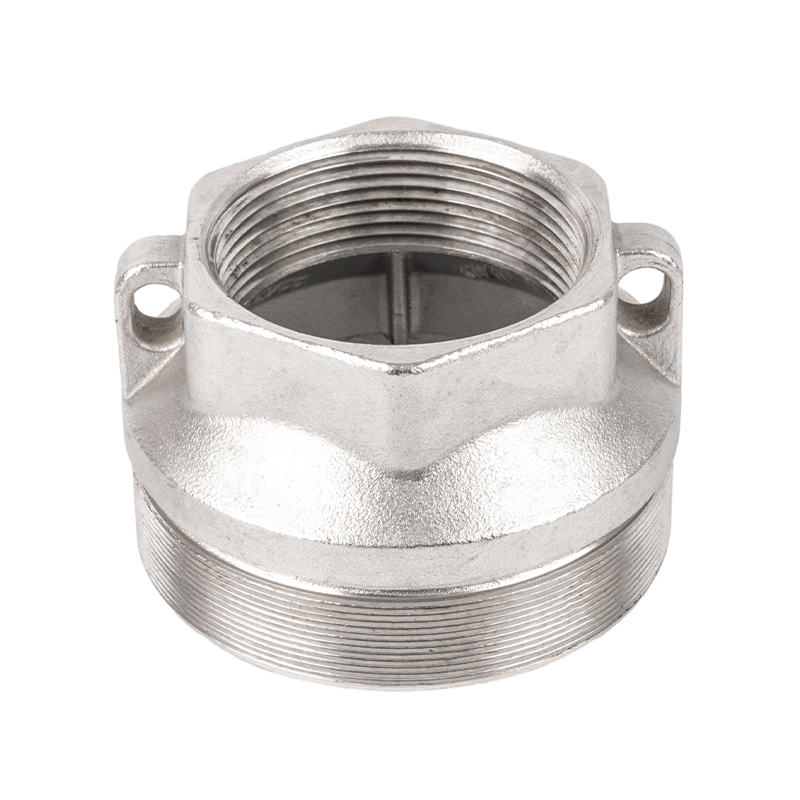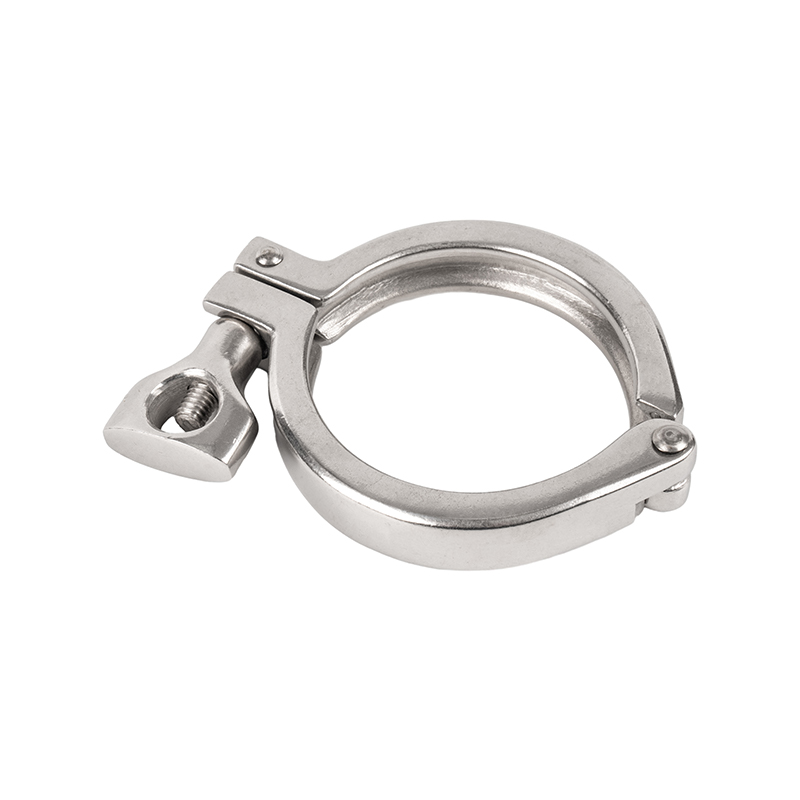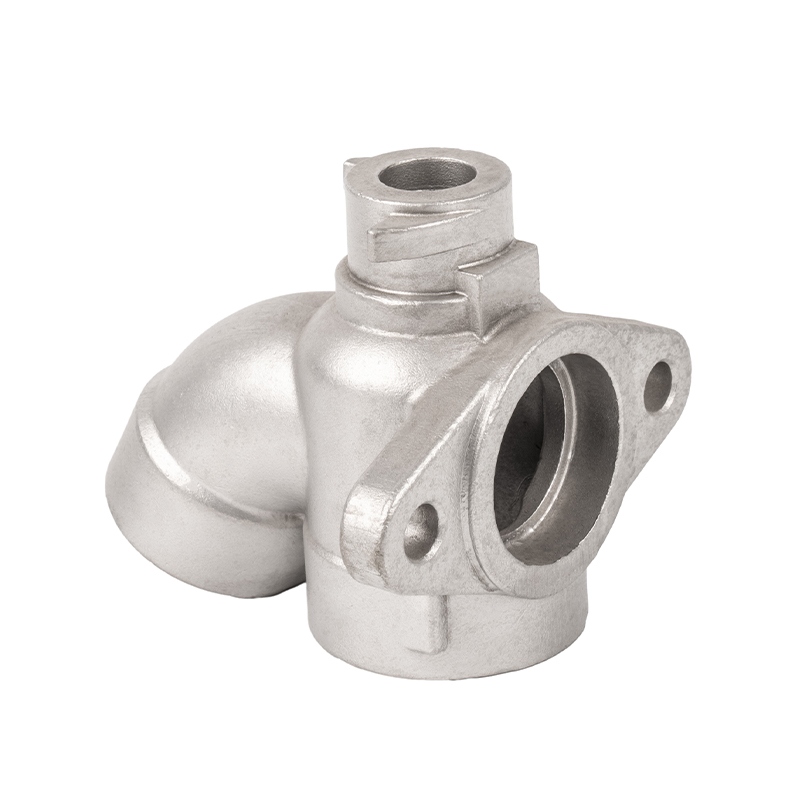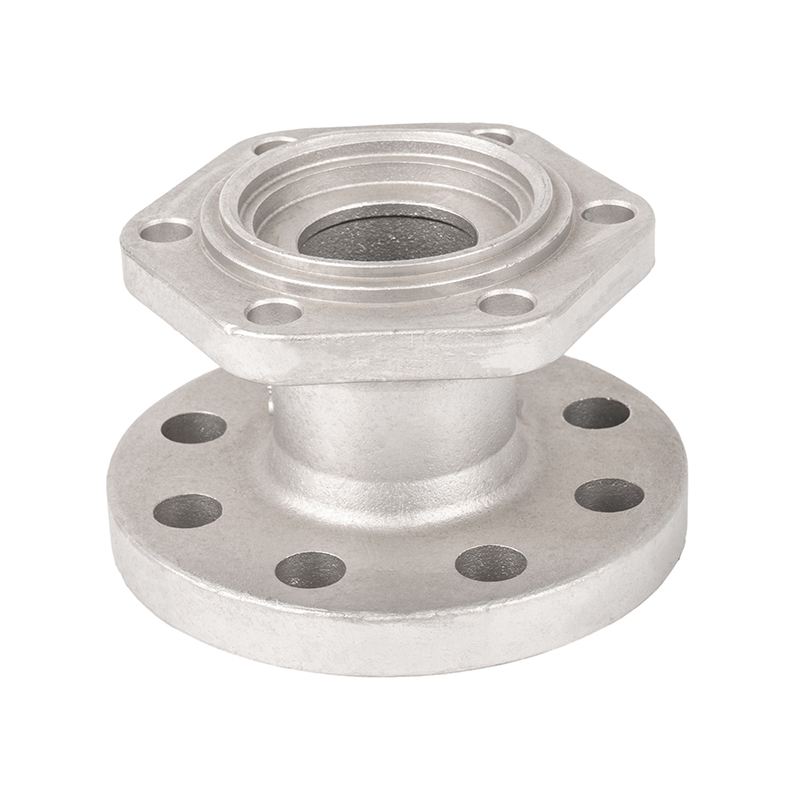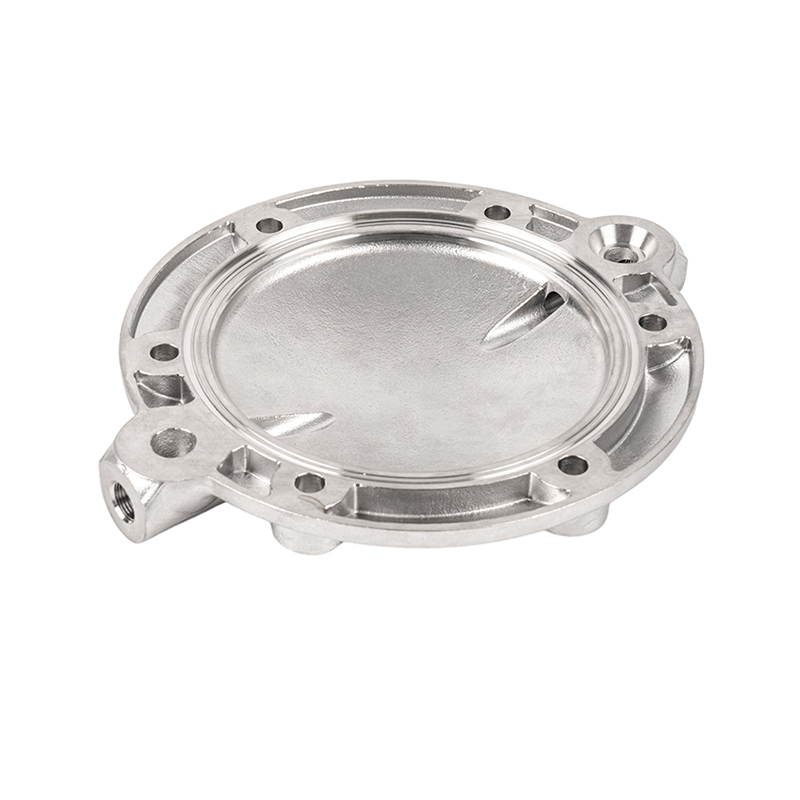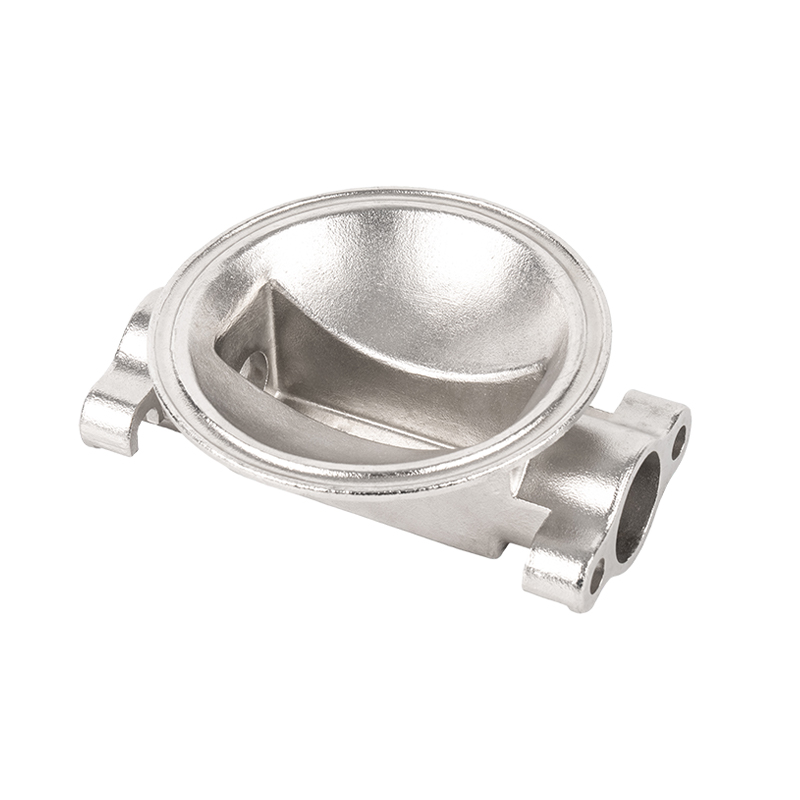What are the maintenance and care measures for butterfly valve castings
Regular inspection is the basic link of butterfly valve casting maintenance. Professionals should regularly conduct a comprehensive visual inspection of each butterfly valve casting to identify potential abnormalities such as rust, cracks and deformation. For valve body castings, special attention should be paid to whether there is wear and scratches on the surface and whether the bolts at the connection parts are loose. For valve plate castings, the focus should be on checking whether its edges are sharp and whether there is uneven sealing surface caused by wear. The inspection of valve stem castings should also not be ignored. It is necessary to pay attention to whether there is corrosion or bending on its surface, and whether the cooperation with the valve body and valve plate is still flexible. Through these meticulous inspections, potential problems can be discovered in time, thus preventing small faults from evolving into major faults.
Cleaning also plays a vital role in the maintenance of butterfly valve castings. Because butterfly valve castings are usually in a complex industrial environment and are easily affected by dust, impurities and oil, they need to be cleaned regularly. For valve body and valve plate castings, you can use a clean soft cloth or brush with an appropriate detergent to wipe carefully to remove surface dirt. For valve stem castings, in addition to cleaning the surface, it is also necessary to ensure that the internal lubrication channels are unobstructed to ensure that the lubricating oil can flow smoothly. During the cleaning process, it is necessary to avoid using overly rough tools or highly corrosive cleaning agents to prevent damage to the casting surface.
Lubrication is a key factor in ensuring the normal operation of butterfly valve castings. The relative movement between the valve stem casting and the valve body and valve plate requires good lubrication to reduce friction and wear. According to different use environments and working conditions, suitable lubricants need to be selected. Usually, ordinary grease can be used in a normal temperature and dry environment; while in a hot, humid or highly corrosive environment, special lubricants that are resistant to high temperature and corrosion need to be selected. When lubricating, be sure to follow the prescribed lubrication cycle and lubrication amount to ensure that all parts of the valve stem casting can be fully lubricated.
The maintenance of sealing performance should not be ignored. The sealing performance of butterfly valve castings is directly related to the leakage of the system, so it is particularly important to check the status of the seals regularly. If the seals, gaskets and other parts are found to be worn, aged or damaged, they must be replaced in time. When replacing seals, ensure that products that match the original specifications are selected and that the correct installation method is followed to ensure a good sealing effect. At the same time, it is also necessary to check whether the sealing surface between the valve plate casting and the valve body casting is flat. If there is any unevenness, it should be ground and repaired in time to ensure the reliability of the sealing performance.
Special attention should also be paid to the storage and transportation links. Butterfly valve castings that are not in use temporarily should be stored in a dry, ventilated, and clean warehouse to avoid moisture, rust, and mechanical damage. During transportation, appropriate protective measures should be taken to prevent collision or extrusion between castings, which may cause damage. Through strict storage and transportation management, the service life of butterfly valve castings can be effectively extended to ensure their reliability and safety in practical applications.


 English
English Español
Español русский
русский 中文简体
中文简体

